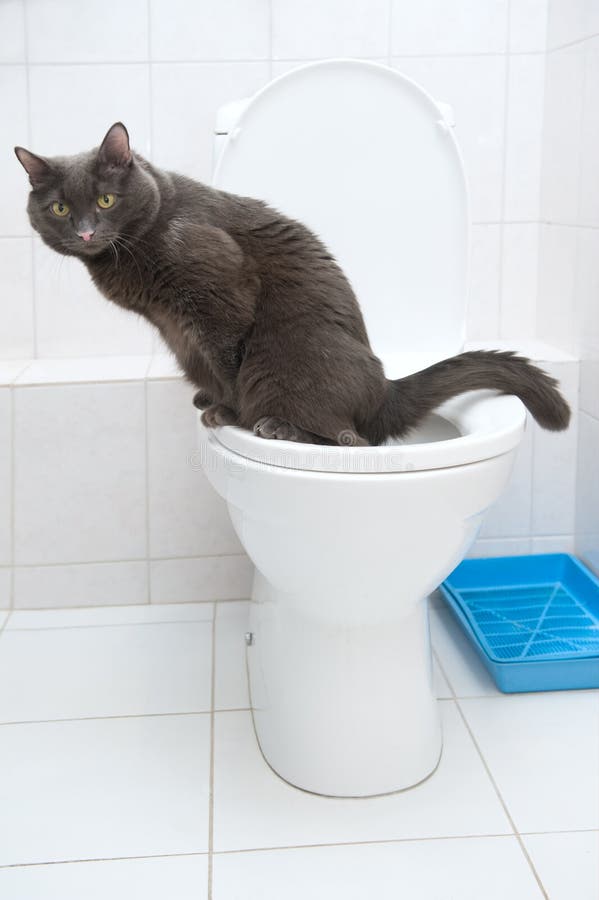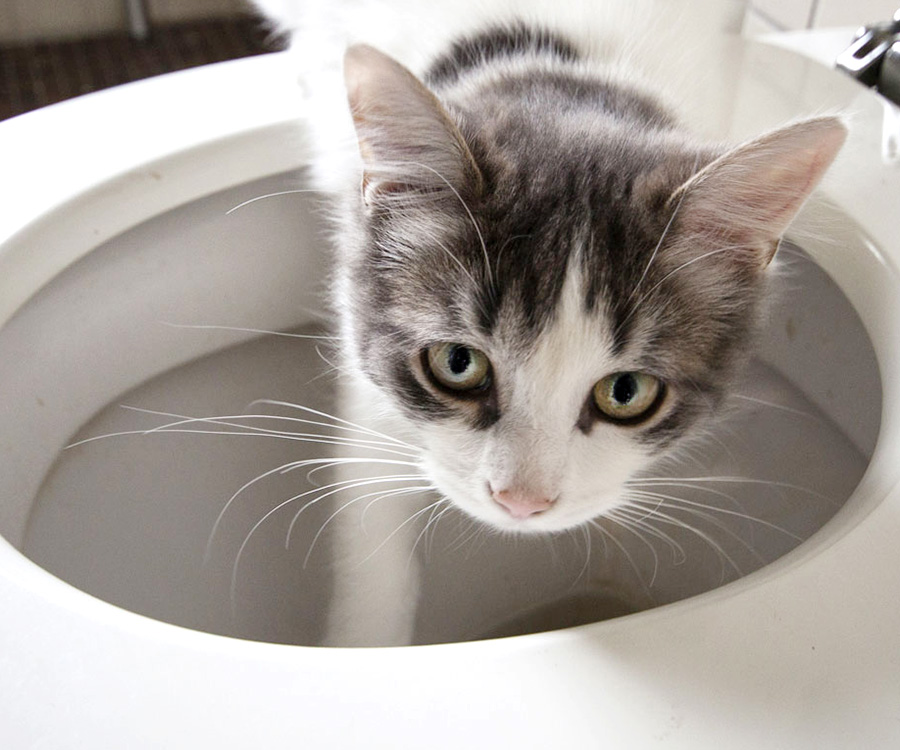Discovering the Hazards of Flushing Animal Waste Down the Toilet
Discovering the Hazards of Flushing Animal Waste Down the Toilet
Blog Article
Do you find yourself hunting for know-how involving Why you should never flush dog poop down the toilet?

When it comes to dealing with waste, especially animal waste, lots of people typically consider the convenient option of flushing it down the toilet. However, this relatively simple service can have serious repercussions for the environment and public health. In this article, we'll discover why flushing pet waste down the bathroom is a poor idea and provide different approaches for proper disposal.
Intro
Proper garbage disposal is important for keeping ecological sustainability and public health. While it may appear harmless to flush animal waste down the commode, it can result in various problems, both for the atmosphere and human well-being.
Risks of flushing pet waste
Environmental influence
Purging pet waste introduces unsafe germs and pathogens into rivers, which can negatively impact water ecosystems. These virus can contaminate water sources and damage aquatic life, disrupting delicate environments.
Public health worries
Animal waste consists of unsafe microorganisms such as E. coli and Salmonella, which can posture major wellness dangers to humans. Purging pet waste down the toilet can pollute water supplies, causing the spread of diseases and infections.
Alternatives to flushing
As opposed to purging pet waste down the commode, there are several different disposal approaches that are a lot more environmentally friendly and sanitary.
Composting
Composting animal waste is an environmentally friendly means to deal with it. By composting, raw material is broken down right into nutrient-rich soil, which can be utilized to feed yards and plants.
Garbage dump disposal
Disposing of animal waste in a landfill is another choice. While not as environmentally friendly as composting, it is a more secure option to flushing, as it avoids the contamination of water sources.
Pet dog garbage disposal systems
There are specialized family pet garbage disposal systems offered that safely and hygienically get rid of animal waste. These systems frequently make use of enzymes to break down waste and eliminate smells.
Steps to proper animal garbage disposal
To ensure correct disposal of pet waste, follow these steps:
Scooping and getting waste
Consistently scoop and bag pet waste using eco-friendly bags. This avoids waste from infecting the environment.
Using designated waste bins
Dispose of bagged pet waste in designated waste containers, such as garden compost bins or landfill bins. Stay clear of flushing it down the commode in all expenses.
Cleaning can and pet dog locations consistently
Consistently tidy litter boxes and animal locations to prevent the build-up of waste and germs. Usage pet-safe cleansing products to preserve health.
Advantages of appropriate disposal methods
Taking on appropriate disposal approaches for pet waste provides a number of advantages:
Decreased environmental pollution
Appropriate disposal approaches decrease the danger of environmental pollution, protecting waterways and communities from contamination
Reduced threat of water contamination.
By avoiding flushing animal waste down the commode, the danger of water contamination is considerably minimized, guarding public health.
Boosted hygiene and health
Correct disposal techniques promote far better cleanliness and health, creating a much safer atmosphere for both humans and animals.
Conclusion
Finally, flushing animal waste down the commode is damaging to the setting and public health. By adopting different disposal techniques and complying with correct waste administration methods, we can minimize the unfavorable effect of animal waste and add to a cleaner, much healthier earth.
What To Do With Dog Poo – The Do's And Don'ts Of Disposing Of Faeces
Dog poo bins
Some councils provide dedicated dog waste bins in popular dog-walking areas that can take dog poo that has been bagged but you can legally dispose of dog waste in any public litter bin, as long as it is securely bagged. This also applies to your wheelie bin at home.
Do not flush
Water companies do not recommend flushing dog faeces down the toilet because certain parasites can survive the water processing treatment and are potentially harmful to humans. You should also never consider flushing dog poo that has been bagged down the toilet as the bags will not break down and instead create severe blockages in the sewage system.
In the woods
The Forestry Commission promotes a ‘stick and flick’ method for dealing with waste in the woods. This means finding a stick and using it to flick any poo from off the path so that it is out of the way of other walkers. You could also bury it as long as it is not in an area where there might be livestock.
Livestock
Parasites found in dog poo can be transmitted to livestock if they inadvertently eat infected faeces that has been left on grazing land. This could result in the death of sheep or abortion in cattle so you should always make sure you pick up your dog’s waste in fields where livestock could be present.

Consistently tidy litter boxes and animal locations to prevent the build-up of waste and germs. Usage pet-safe cleansing products to preserve health.
Advantages of appropriate disposal methods
Taking on appropriate disposal approaches for pet waste provides a number of advantages:
Decreased environmental pollution
Appropriate disposal approaches decrease the danger of environmental pollution, protecting waterways and communities from contamination
Reduced threat of water contamination.
By avoiding flushing animal waste down the commode, the danger of water contamination is considerably minimized, guarding public health.
Boosted hygiene and health
Correct disposal techniques promote far better cleanliness and health, creating a much safer atmosphere for both humans and animals.
Conclusion
Finally, flushing animal waste down the commode is damaging to the setting and public health. By adopting different disposal techniques and complying with correct waste administration methods, we can minimize the unfavorable effect of animal waste and add to a cleaner, much healthier earth.
What To Do With Dog Poo – The Do's And Don'ts Of Disposing Of Faeces
Dog poo bins
Some councils provide dedicated dog waste bins in popular dog-walking areas that can take dog poo that has been bagged but you can legally dispose of dog waste in any public litter bin, as long as it is securely bagged. This also applies to your wheelie bin at home.
Do not flush
Water companies do not recommend flushing dog faeces down the toilet because certain parasites can survive the water processing treatment and are potentially harmful to humans. You should also never consider flushing dog poo that has been bagged down the toilet as the bags will not break down and instead create severe blockages in the sewage system.
In the woods
The Forestry Commission promotes a ‘stick and flick’ method for dealing with waste in the woods. This means finding a stick and using it to flick any poo from off the path so that it is out of the way of other walkers. You could also bury it as long as it is not in an area where there might be livestock.
Livestock
Parasites found in dog poo can be transmitted to livestock if they inadvertently eat infected faeces that has been left on grazing land. This could result in the death of sheep or abortion in cattle so you should always make sure you pick up your dog’s waste in fields where livestock could be present.

Do you really like more info about Why you should never flush dog poop down the toilet? Post a remark further down. We'd be pleased to know your thoughts about this article. We hope to see you back again soon. Sharing is caring. Who knows, you may be helping someone out. I enjoy your readership.
Automated Marketing Report this page